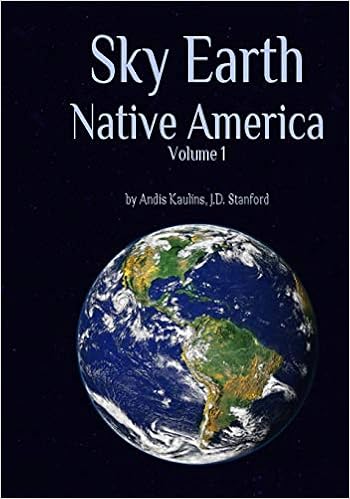We live in a complex era marked by the emergence of flying robots called drones, which in the USA and Europe, for example, have already led to pioneer regulatory legislation. See e.g. GleissLutz, Public Law: The German Government's Action Plan on Drone Regulation.
Drones are a rapidly developing industry and also a relatively new legal field.
"UA" means "Unmanned Vehicle", a UAV is an "Unmanned Aerial Vehicle" while a UAS is an "Unmanned Aerial System", such terms having a U.S. military reconnaissance origin, and still being used in the drafting of legislation applicable to "drones".
Especially as regards commercial products, UAV's are commonly called DRONES, a term applied increasingly to recreational-like "multicopters".
Additional terminology for drones can also be found, e.g. RPAS "Remotely Piloted Aircraft System", or MAV "Micro Air Vehicle". See Altigator.
Essentially, drones are "flying robots". See Nesta.
Drones are being increasingly regulated by governments because of the growing recreational and commercial use of drones and drone technology, which use raises security issues. Moreover, the drone industry is moving toward becoming a powerful economic force and thus subject to more government regulation.
See a Master List of Drone Laws at UAVCoach.com by country or US state.
See Drone Industry Insights at Droneii.com.
The Wikipedia entry for Unmanned aerial vehicle currently states inter alia that:
"An unmanned aerial vehicle (UAV) (or uncrewed aerial vehicle, commonly known as a drone) is an aircraft without a human pilot on board. UAVs are a component of an unmanned aircraft system (UAS); which include a UAV, a ground-based controller, and a system of communications between the two. The flight of UAVs may operate with various degrees of autonomy: either under remote control by a human operator or autonomously by onboard computers referred to as an autopilot.
Compared to crewed aircraft, UAVs were originally used for missions too "dull, dirty or dangerous" for humans. While drones originated mostly in military applications, their use is rapidly finding many more applications including aerial photography, product deliveries, agriculture, policing and surveillance, infrastructure inspections, science, smuggling, and drone racing."
We imagine that "personal flying vehicles" are also in the offing.
See The Conversation.


